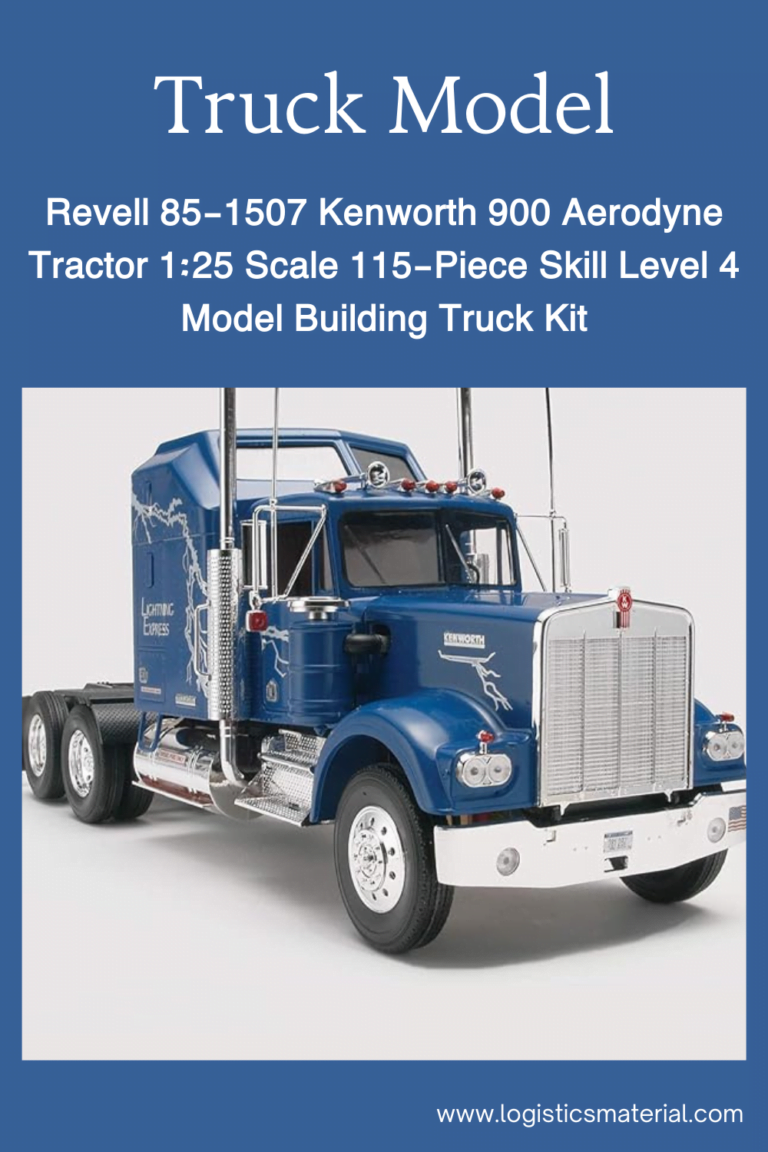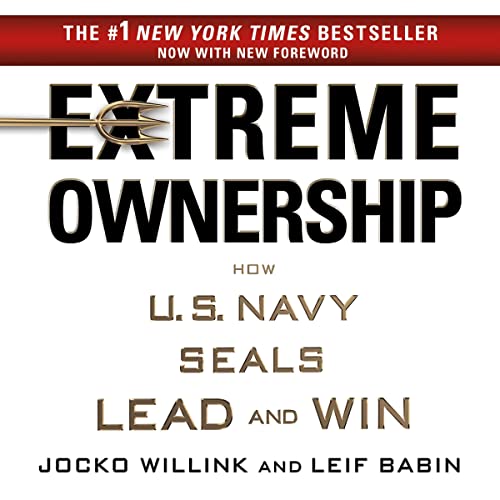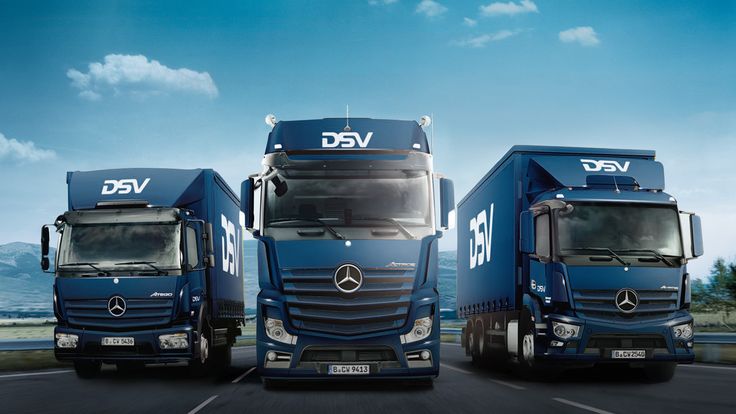The Ultimate Guide to Logistics: Exploring the Logistics Types, Functions, Definitions, and Challenges of Logistics
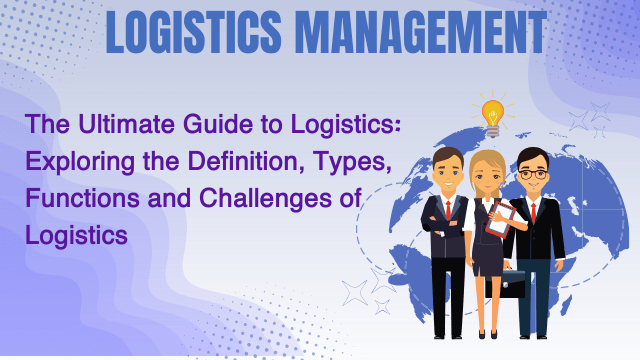
Overview of logistics
Logistics, despite being an integral part of various industries, often remains a mysterious concept for many. However, understanding the different logistics types and how they function is crucial for businesses to operate efficiently and effectively. In this comprehensive guide, we will delve deep into the world of logistics, unraveling its definition, exploring its various logistics types, and shedding light on how these logistics functions work together. Whether you are a business owner, a supply chain professional, or simply curious about the intricacies of logistics, this ultimate guide will provide you with the knowledge and insights you need to navigate this critical aspect of operations successfully. So, let’s embark on this enlightening journey into the fascinating realm of logistics.
1- What is logistics? Defining the concept and its impact on supply chain management
Logistics plays a vital role in the smooth functioning of supply chain management, and understanding its definition and impact is crucial for businesses seeking operational efficiency.
So, what exactly is logistics? In its simplest form, logistics refers to the process of planning, implementing, and controlling the efficient flow and storage of goods, services, and information from the point of origin to the point of consumption.
It encompasses a wide range of activities, including transportation, inventory management, warehousing, packaging, and even the coordination of various stakeholders involved in the supply chain.
The impact of logistics on supply chain management is profound. Effective logistics management ensures that the right products are delivered to the right place, at the right time, and in the right condition.
This results in improved customer satisfaction, reduced costs, and increased profitability for businesses. By optimizing transportation routes, managing inventory levels, and streamlining warehouse operations, logistics helps businesses achieve operational efficiency and competitive advantage in the market.
However, logistics is not without its challenges. The ever-changing consumer demands, globalization, and the increasing complexity of supply chains have made logistics management more intricate than ever before. From managing inventory across multiple locations to mitigating risks associated with transportation and ensuring timely delivery, logistics professionals face various hurdles daily.
In this ultimate guide to logistics, we will delve deeper into the different types of logistics, such as inbound, outbound, and reverse logistics, and explore the logistics functions and activities involved in each. We will also discuss the challenges faced by logistics professionals and provide insights and strategies to overcome them.
By the end of this guide, you will have a comprehensive understanding of logistics and its critical role in supply chain management, helping you optimize your business operations and achieve sustainable growth.
2- Importance of Logistics functions: Highlighting the importance of effective logistics management for businesses
Logistics is a crucial aspect of business operations, encompassing a wide range of functions that are essential for the smooth flow of goods and information. Understanding the core logistics functions is vital for businesses aiming to optimize their supply chain and enhance overall efficiency. Let’s delve into the various functions of logistics that play a pivotal role in streamlining operations.
1) Transportation
One of the primary logistics functions is ensuring the efficient movement of goods from one location to another. This involves selecting suitable transportation modes, such as trucks, ships, trains, or airplanes, based on factors like cost, speed, and nature of goods. Effective transportation management enables timely delivery, reduces transit times, and minimizes potential disruptions.
2) Warehousing
Warehousing is another crucial function that involves the management of inventory and storage of goods. Warehouses act as intermediate storage points, facilitating the smooth flow of goods within the supply chain. Proper warehouse management ensures that products are stored safely, organized efficiently, and readily accessible when needed. It also involves activities like inventory control, order picking, and packing.
3) Inventory Management
Efficient inventory management is essential to prevent stockouts or overstocking. Logistics professionals closely monitor inventory levels, track product demand, and optimize stock replenishment processes. By maintaining optimum inventory levels, businesses can minimize costs, avoid excess holding, and ensure products are readily available to meet customer demand.
4) Order Fulfillment
The function of order fulfillment involves processing and fulfilling customer orders accurately and promptly. This includes activities like order processing, picking, packing, and shipping. Logistics ensures that the right products are delivered to the right customers in the right quantities and at the right time. Smooth order fulfillment enhances customer satisfaction, fosters loyalty, and drives business growth.
5) Information Flow
Effective logistics relies heavily on the seamless flow of information throughout the supply chain. Timely and accurate information sharing allows for better coordination between various stakeholders, including suppliers, manufacturers, distributors, and customers. Advanced technologies, like logistics management systems and real-time tracking tools, enable real-time visibility and ensure proactive decision-making based on accurate data. Understanding and optimizing these core logistics functions is crucial for businesses seeking to enhance their overall supply chain efficiency, minimize costs, and deliver exceptional customer experiences.
By effectively managing transportation, warehousing, inventory, order fulfillment, and information flow, businesses can gain a competitive edge, improve operational performance, and drive growth in today’s dynamic marketplace.
3- Logistics Types: Exploring different types of logistics, such as inbound, outbound, and reverse logistics
When it comes to managing the movement of goods and resources, logistics plays a crucial role. Understanding the different logistics types and the logistics functions can help businesses streamline their operations and optimize their supply chain. In this section, we will explore three key logistics types: inbound, outbound, and reverse logistics, explaining the specific functions within each.
1) Inbound Logistics
Inbound logistics refers to the transportation, storage, and delivery of goods or materials from suppliers to the company’s warehouse or production facility. This type of logistics focuses on ensuring that all necessary inputs are available at the right time and in the right quantity. It involves activities such as procurement, transportation planning, and inventory management, all aimed at optimizing the flow of goods into the organization.
2) Outbound Logistics
Outbound logistics is the process of delivering finished products from the company’s warehouse or production facility to the end customers. It involves activities such as order processing, packaging, transportation, and distribution. The goal of outbound logistics is to ensure timely and accurate delivery of products to customers while minimizing costs and maximizing customer satisfaction.
3) Reverse Logistics
Reverse Logistics: Reverse logistics refers to the process of managing the flow of products, materials, and information in the opposite direction of the traditional supply chain. It involves the handling of product returns, repairs, replacements, and recycling or disposal of unwanted or defective items.
While forward logistics focuses on getting products from manufacturers to customers, reverse logistics deals with the movement of products from customers back to manufacturers or retailers. The impact of reverse logistics on a company’s profitability is significant.
When a company ignores or underestimates the importance of efficient reverse logistics, it can lead to unexpected expenses and reduced profitability. One common scenario is when a company experiences a surge in sales, leading them to believe their profit is increasing. However, they may be blindsided by a subsequent increase in the ratio of returns after the sale.
Managing reverse logistics effectively is crucial to avoid such surprises. It involves establishing clear return policies, implementing efficient processes for product inspection, sorting, and disposition, and optimizing transportation and warehousing for returned items. By doing so, companies can minimize the impact of returns on their profitability and maintain customer satisfaction.
Understanding the different types of logistics is vital for businesses to effectively manage their supply chain and meet customer demands. By implementing strategies and processes specific to each type, companies can improve efficiency, reduce costs, and ensure smooth operations from procurement to delivery and beyond.
4- Logistics Planning, Execution, And Control of The Movement
In the world of business, logistics plays a crucial role in ensuring the smooth flow of goods and services from one point to another. It encompasses the planning, execution, and control of the movement and storage of resources, as well as the coordination of all related activities.
Logistics Planning
Logistics planning is the foundation upon which a successful supply chain is built. It involves determining the most efficient and cost-effective methods for transporting goods, selecting the optimal routes, and considering factors such as transportation modes, inventory management, and warehousing. Careful planning ensures that the right resources are in the right place at the right time, minimizing delays and maximizing efficiency.
Logistics Execution
Execution Once the planning phase is complete, it’s time for execution. This involves putting the plans into action, coordinating the movement of goods, and managing the various processes involved. This could include coordinating with suppliers, carriers, and warehouses, ensuring that shipments are properly packed and labeled, and overseeing the loading and unloading of goods. Effective execution requires strong communication and coordination among all parties involved to ensure that everything runs smoothly and according to plan.
Control of the movement
Control is the final piece of the puzzle in logistics. It involves monitoring and managing the movement of goods, tracking shipments, and making adjustments as needed. This could include tracking delivery progress, ensuring compliance with regulations and policies, and responding to any unexpected logistics challenges that may arise. Control allows for real-time visibility and management of the logistics process, enabling quick decision-making and the ability to address any issues or delays promptly.
The movement of goods is a complex process that requires careful planning, precise execution, and efficient control. Logistics professionals are responsible for overseeing every step of this process, ensuring that goods are delivered timely, cost-effectively, and in the best condition possible. By understanding the importance of logistics planning, execution, and control, businesses can optimize their supply chains and gain a competitive edge in today’s fast-paced global marketplace.
5- Logistics Challenges and solutions: Discuss common challenges faced in logistics and provide tips to overcome them
Logistics Challenges and Solutions: Overcoming the Hurdles for Effective Supply Chain Management Logistics is a complex field that involves the coordination and management of various activities to ensure the smooth flow of goods and services. However, like any other industry, logistics faces its fair share of challenges.
Understanding these logistics challenges and having effective solutions in place is crucial for businesses to optimize their supply chain management.
However, this complex web of operations often presents challenges that can hinder the smooth functioning of logistics. In this section, we will explore some common logistics challenges and provide valuable tips to overcome them.
1) Control of inventory
One of the major logistics challenges is maintaining optimal inventory levels. Overstocking can tie up capital and warehouse space, while understocking can lead to delayed orders and dissatisfied customers. The solution lies in implementing robust inventory management systems that utilize advanced technologies such as barcode scanning, real-time tracking, and demand forecasting tools. These tools provide accurate insights into stock levels, demand patterns, and lead times, enabling effective inventory planning and optimization.
2) Transportation and Routing
Efficient transportation is vital for logistics success, but logistics challenges like traffic congestion, unpredictable weather conditions, and route optimization can impede timely deliveries. Leveraging technology-driven solutions such as GPS tracking, route planning software, and real-time traffic updates can help optimize routes, reduce transit times, and minimize transportation costs. Additionally, establishing strong relationships with reliable transportation partners and adopting alternative modes of transport, such as rail or intermodal transportation, can provide additional flexibility and cost-effectiveness.
3) Communication and Collaboration
With multiple stakeholders involved, effective communication and collaboration become paramount in logistics. Lack of coordination between suppliers, manufacturers, distributors, and customers can lead to mismanaged shipments, delays, and customer dissatisfaction. Implementing integrated software systems, such as Enterprise Resource Planning (ERP) and Customer Relationship Management (CRM) platforms, streamlines communication and data sharing across all stakeholders, enhancing visibility and facilitating seamless collaboration.
4) Compliance and Regulations
Adhering to various local, regional, and international regulations is crucial in logistics. Navigating through customs procedures, trade tariffs, and compliance documentation can be a daunting task. Building strong relationships with customs brokers, staying updated on regulatory changes, and investing in modern trade compliance software can help ensure smooth customs clearance and minimize the risk of non-compliance penalties.
5) Last-Mile Delivery
The final leg of the logistics journey, last-mile delivery, often presents unique challenges due to congested urban areas, increasing customer expectations for fast and convenient deliveries, and the rise of e-commerce. Utilizing technology-driven solutions such as automated delivery route planning, and route optimization algorithms, and leveraging local delivery partnerships or crowdsource delivery options can help overcome last-mile challenges. Additionally, offering flexible delivery options, such as time windows and contactless delivery, can enhance customer satisfaction. By Businesses can easily navigate the complex logistics landscape by identifying these challenges and implementing effective solutions.
From advanced inventory management systems to technology-driven transportation solutions and streamlined communication processes, logistics can be optimized to achieve operational excellence and exceed customer expectations. Embracing innovation and staying proactive in addressing challenges will undoubtedly lead to success in your logistics.
6- Key considerations in managing logistics: Efficiency, Cost, and Customer Satisfaction
When it comes to managing logistics, there are three key considerations that every business must keep in mind: efficiency, cost, and customer satisfaction. These three factors are intertwined and play a crucial role in the success of any logistics operation.
Efficiency
Efficiency is all about optimizing processes and minimizing waste. From inventory management to transportation planning, every aspect of logistics should be streamlined to ensure smooth operations. By leveraging technology and automation, businesses can improve efficiency by eliminating manual tasks, reducing errors, and improving overall productivity. Efficient logistics operations not only save time but also help in meeting customer demands promptly, increasing customer satisfaction.
Cost and Profitably
Cost is another crucial factor in managing logistics effectively. Businesses need to achieve the correct balance between quality and price. While cutting costs is important, it should not come at the expense of compromising on service or product quality. This requires businesses to carefully analyze their logistics operations, identify areas where costs can be reduced without sacrificing customer satisfaction, and explore options such as outsourcing certain aspects of logistics to specialized providers.
Customer Satisfaction
Customer satisfaction should always be at the forefront of any logistics management strategy. Timely and accurate deliveries, effective communication, and proactive problem-solving are key aspects of ensuring customer satisfaction. By closely monitoring and managing key performance indicators such as on-time delivery rates, order accuracy, and customer feedback, businesses can continuously improve their logistics operations and exceed customer expectations.
In conclusion, managing logistics efficiently, minimizing costs, and prioritizing customer satisfaction are the key considerations for any business. By focusing on these aspects, businesses can create a competitive edge, optimize their supply chain, and ultimately drive growth and success.
7- Best practices for efficient logistics management: Tips and strategies to optimize your logistics operations
Efficient logistics management is crucial for any business that deals with the transportation and delivery of goods. To streamline operations and maximize efficiency, implementing best practices is essential. By following these tips and strategies, you can optimize your logistics operations and ensure smooth and cost-effective processes.
2) Streamline communication
Effective communication is key in logistics management. Establish clear lines of communication with your team, suppliers, and customers to ensure smooth coordination and quick resolution of any issues that may arise.
3) Optimize warehouse operations
Efficiently organizing your warehouse space can significantly improve logistics operations. Implement a logical layout, prioritize high-demand items for easy access, and regularly review inventory levels to prevent stockouts or excess inventory.
4) Implement effective inventory management
Adopting inventory management techniques such as Just-In-Time (JIT) or First-In, First-Out (FIFO) can help minimize carrying costs and reduce the risk of obsolete stock.
5) Optimize transportation routes
Enhance your logistics operations by optimizing transportation routes. Utilize route planning software to minimize mileage, reduce fuel consumption, and improve delivery timeframes. Consider outsourcing transportation to third-party logistics providers who specialize in route optimization.
6) Continuous improvement and data analysis
Regularly analyze performance metrics to identify areas for improvement. Track key performance indicators (KPIs) such as on-time delivery rates, order accuracy, and customer satisfaction. Utilize data analytics tools to gain insights and make data-driven decisions to enhance your logistics operations. By implementing these best practices, you can streamline your logistics management, reduce costs, improve customer satisfaction, and gain a competitive edge in the market. Efficient logistics operations are vital for the success of any business, and these tips and strategies will help you achieve just that.
Conclusion
This comprehensive guide has shed light on the complexities of logistics, highlighting the importance of understanding the various logistics types and the efficient logistics functions. We’ve covered everything from the basic definition to key components and processes. By gaining a clear understanding of these, you can optimize your supply chain, improve customer satisfaction, and ultimately drive business success. We hope this guide has been informative and valuable in demystifying logistics for you. If you have any more questions or need guidance on implementing specific logistics types or functions within your logistics strategy, please feel free to contact us at logisticsmaterial.com.
Thank you for reading, and may your logistics journey be filled with efficiency and success.
